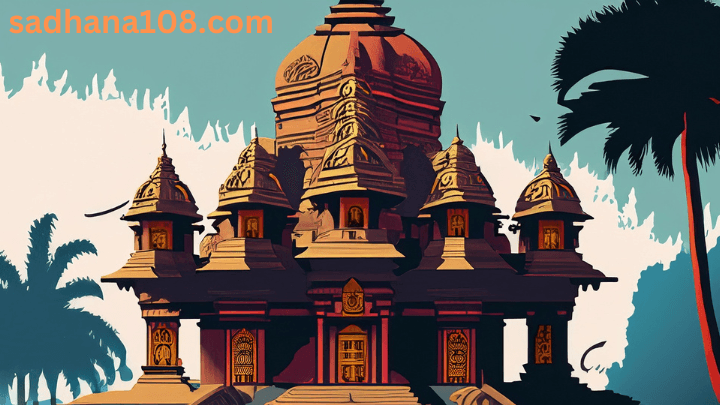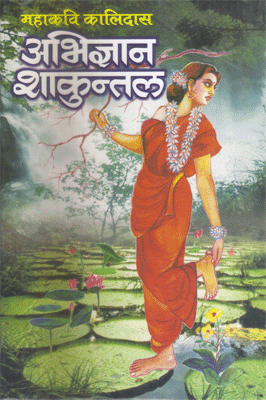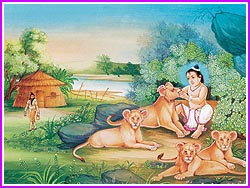Kalidas's finest creations - Abhigyan shakuntalam


Abhigyan shakuntalam is Kalidas’s interpretation of the story of Shakuntala. He has dramatized the version rendered in Mahabharata. One of Kalidas’s best compositions its expected date of being created is between 1st century BCE and 4th century CE. The title used can be translated into English as meaning “The sign of Shakuntala”. Another version of it can be“The token for recognition of Shakuntala”.
Though Kalidas here elaborates on an episode mentioned in the Mahabharata he makes sure to add his own renditions. The protagonist here is Shakuntala the daughter of Vishwamitra and Menaka an apsara. She lives in a hermitage as she has been abandoned by her parents. Once when the elders of the hermitage go for a pilgrimage she chances to meet King Dushyant.
Both fall in love with each other and get married. After some time the king has to go back to his kingdom. He gives Shakuntala a ring. She has to show IT in court so that she can be given the position of royal queen. However, tragedy befalls when sage Durvasa comes to the hermitage. Since Shakuntala is still lost in the thoughts of the king she does not take proper care of him.

Durvasa curses her by bewitching Dushyant into forgetting all about her. Soon Shakuntala decides to take a trip to the kingdom. During the course of crossing river, her ring falls into the water. Upon reaching the court the king fails to recognize her. Her companions leave her and she is left alone.
Later a fisherman discovers the ring in a fish’s stomach. On showing to the king he immediately recalls all about Shakuntala but she is nowhere to be found. Dushyant defeats an army of Asuras and he is rewarded by Indra. He gets to stay in heaven however once he comes back he gets to meet his wife and child.
In Mahabharata, though Dushyant meets his wife when he sees their son. He is playing with lion cubs and Dushyant asks the child as to who he is. Abhigyan shakuntalam is the first play to be translated into a western language. In the next 100 years, there were at least 46 translations in twelve European languages.

These translations of Abhigyan shakuntalam by the end of the 17th-century made western society aware about India and its literary history. The following are the international musical adaptations done of the same play.
- Austrian composer Franz Schubert left an incomplete opera, Sakuntala, which has been completed and recorded.
- French composer Ernest Reyer composed a ballet, Sacountalâ, in 1858.
- Italian Franco Alfano composed an opera, named La leggenda di Sakùntala (The legend of Sakùntala) in its first version (1921). And simply Sakùntala in its second version (1952).
- Hungarian composer Karl Goldmark composed a Sakuntala overture, op. 13 (1865).
- The Norwegian musician, Amethystium wrote a song called "Garden of Sakuntala" and it can be found in the CD Aphelion.
Apart from this many people believe that Raj Kapoor’s “Ram Teri Ganga Maili” is also inspired by Shakuntala’s story. Abhigyan shakuntalam is Kalidas’s most beautiful creations. It tells us a story of love, rejection, and heartbreak in the most endearing manner.